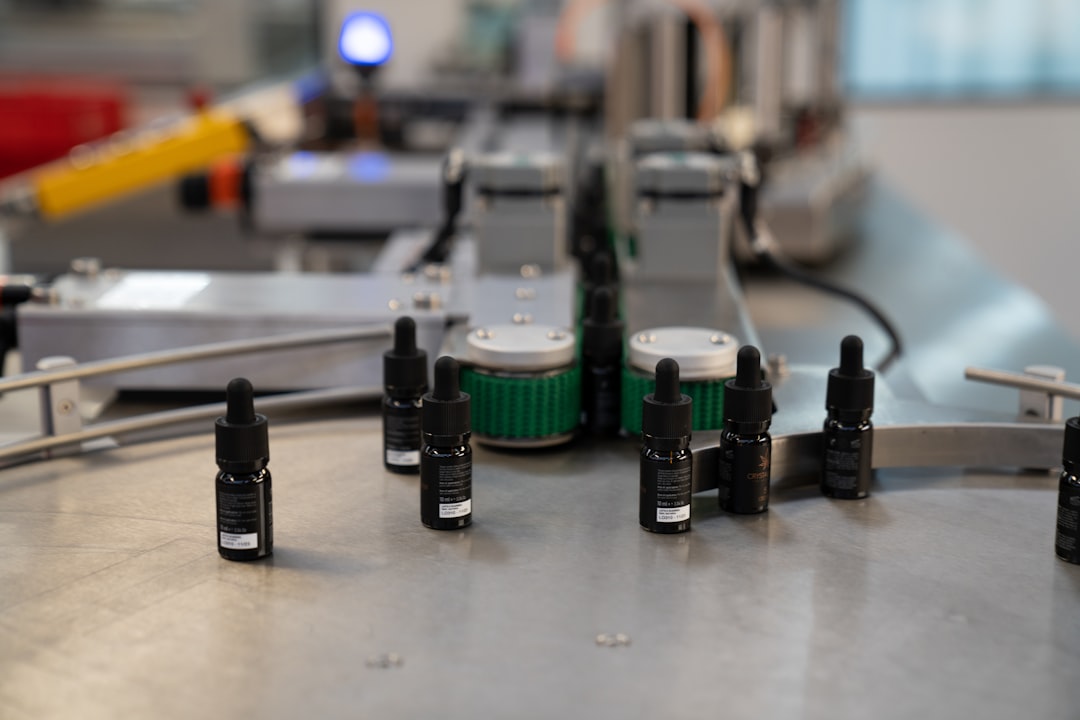In today’s competitive global market, maintaining high standards of quality and efficiency is paramount for success. ISO (International Organization for Standardization) standards provide a framework for organizations to achieve these goals by establishing internationally recognized best practices. This comprehensive guide delves into the intricacies of ISO-compliant production processes, exploring the benefits, implementation strategies, and ongoing maintenance required for sustained success.
Understanding the Importance of ISO Standards in Production
ISO standards, particularly those related to quality management (like ISO 9001) and environmental management (like ISO 14001), offer a structured approach to production. Adherence to these standards demonstrates a commitment to consistent product quality, reduced waste, improved efficiency, and enhanced environmental responsibility. These benefits translate to increased customer satisfaction, reduced operational costs, and a stronger competitive advantage. By implementing ISO standards, businesses can build a robust system for continuous improvement, minimizing risks and maximizing opportunities for growth.
Choosing the right ISO standard depends on your specific industry and organizational goals. For example, a manufacturing company might focus on ISO 9001, while a company involved in food production might also adopt ISO 22000 (food safety management). Understanding your needs and selecting the appropriate standards is a crucial first step.
Implementing ISO-Compliant Production Processes: A Step-by-Step Guide
Implementing ISO standards is not a one-time event but a continuous process of improvement. The journey typically involves several key steps:
- Gap Analysis: Conduct a thorough assessment of your current production processes to identify areas that align with ISO standards and those requiring improvement.
- Documentation: Develop comprehensive documentation outlining your quality management system (QMS), including procedures, work instructions, and records. This documentation serves as the foundation for your ISO compliance.
- Training: Train your employees on the new processes and procedures to ensure everyone understands their roles and responsibilities within the ISO framework.
- Implementation: Put the new processes into practice, monitoring their effectiveness and making adjustments as needed. This requires consistent monitoring and evaluation.
- Internal Audits: Conduct regular internal audits to assess the effectiveness of your QMS and identify areas for improvement. This helps ensure ongoing compliance.
- Management Review: Regularly review the performance of your QMS at the management level to ensure it remains aligned with your business objectives and the evolving ISO requirements.
- Certification (Optional): While not mandatory for all organizations, ISO certification provides independent verification of your compliance and can enhance your credibility with customers and stakeholders.
The Role of Technology in Achieving ISO Compliance
Technology plays a significant role in streamlining ISO-compliant production processes. Software solutions can automate tasks such as document management, data collection, and process monitoring. This reduces the risk of human error, improves efficiency, and simplifies the process of maintaining compliance. Examples include Enterprise Resource Planning (ERP) systems, Manufacturing Execution Systems (MES), and Quality Management Systems (QMS) software. These systems can integrate data from different sources, providing a comprehensive overview of your production processes and helping you identify areas for improvement.
Maintaining ISO Compliance: Continuous Improvement and Monitoring
Achieving ISO compliance is only the first step. Maintaining compliance requires ongoing effort and commitment. Regular internal audits, management reviews, and employee training are crucial for ensuring that your processes remain aligned with the ISO standards. Continuous improvement should be a core principle, with regular evaluation and adjustment of processes based on performance data and feedback. Staying updated on changes to ISO standards is also vital, as requirements can evolve over time.
Proactive monitoring of key performance indicators (KPIs) related to quality, efficiency, and environmental impact is essential. These KPIs can provide valuable insights into the effectiveness of your ISO-compliant processes and highlight areas needing attention.
Overcoming Challenges in Implementing ISO-Compliant Production Processes
Implementing ISO-compliant production processes can present several challenges. These may include resistance to change from employees, the cost of implementing new systems and training, the time required for documentation and process development, and the need for ongoing maintenance and monitoring. Effective communication, proper planning, and the use of appropriate technology can help mitigate these challenges. Engaging employees in the process and highlighting the benefits of ISO compliance can encourage buy-in and increase the likelihood of successful implementation. A phased approach to implementation can also make the transition less disruptive and easier to manage.
By addressing these challenges proactively and embracing a culture of continuous improvement, organizations can successfully implement and maintain ISO-compliant production processes, reaping the significant benefits of enhanced quality, efficiency, and sustainability.
Tags: ISO 9001, ISO 14001, ISO Compliance, Production Processes, Quality Management




